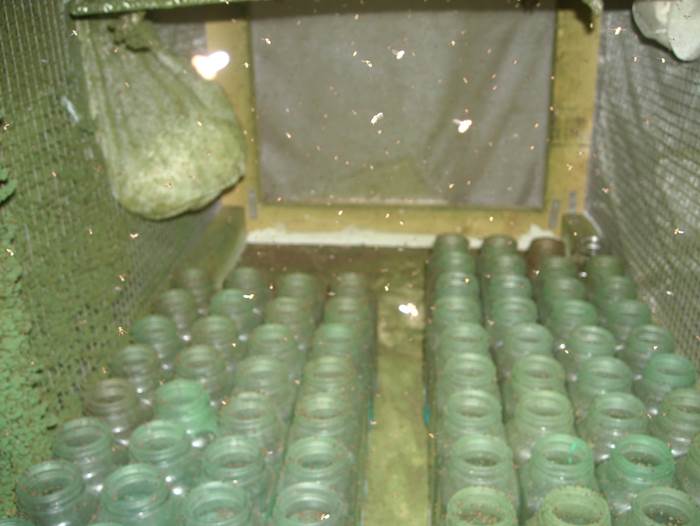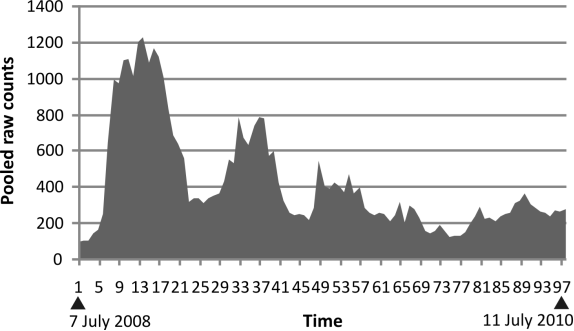Most Dreaded Terror 7 first flies

It is the 2nd of February 20, 2018, but don’t worry about the date. The quarry here is our ancient enemy; it has been doing us dirt for longer than we have been human. The mechanism may take a few generations, but it can drive the birth rate right down to zero and keep it there.
- An immediate challenge is whether this can be proven experimentally. The paper by Sibly I mentioned earlier showed that the mechanism, and he explicitly stated that there had to be a mechanism, is seen in mammals, birds, fish and insects. Of these, insects are so far down the food chain so-to-speak that just about nobody cares much about how you abuse them. I hasten to say that I never planned to and never did deliberately abuse my insects. How they felt about it all they never said.
- The most popular insect for laboratory studies is of course the fruit fly, Drosophila melanogaster. They can be purchased cheaply; I got mine from North Carolina Biological Supply. My initial plan was to cross together flies that had been unrelated for a long time. The pleasant technologist I spoke with assured me that all the lines they kept had been there longer than the three years she had worked there. I bought sixteen lines of flies, one wild type and fifteen more each with a specific mutation, so the lines were unrelated for many generations. Standard fruit fly husbandry dictates you start a new line with four males and four females so each time I crossed them I would take four males from one line and four virgin females from another. Calling the lines “a” through “p,” I crossed a with b to bet ab, b with c to get bc and so forth until I crossed p with a to get pa. Then I crossed ab with cd, bc with de and so forth, so every generation I kept 16 lines going. Eventually I had lines abcdefghijklmnop, bcdefghijklmnopa and so on for 16 lines, each descended from each of the original 16.
It wasn’t so straightforward. Lines would die out, particularly after the first few generations, and my technique was not perfect. Sometimes a male would find its way into a vial of virgin females. I would have to go back and get vials that had gone according to plan.
My four generations never gave me complete infertility. I do not know what would have happened had I been technically able to carry it all out for five or six generations.
- So I released the flies in a large cage:

You thought you were cramped for lab space. Here is an inside view:

Each day I would add four new bottles and remove the four oldest, which had been in there for 28 days. I made daily counts at two measured windows and summed them at two-week intervals. The result was this:
-

It is noisy, but you can see damped oscillation. You may also notice that each cycle shows a rapid rise and slow fall. I wish I could claim I had been clever enough to predict that would happen from the Sibly curve. The speed with which changes occur indicate that this is an epigenetic process, not genetic.
- So we can draw some conclusions:
- Yes kinship governs fertility in fruit flies.
- The mechanism gives the same result as seen in the Sibly paper.
- Despite my dastardly designs, the flies never died out. It seems clear that the fertility of laboratory bred fruit flies is quite robust.
- We have an experimental model with which to pursue an understanding of the mechanism.
- The mechanism appears to be epigenetic, involving the control of genes, not their DNA sequence.
nobabies.net
YouTube video script directory
Home page.



